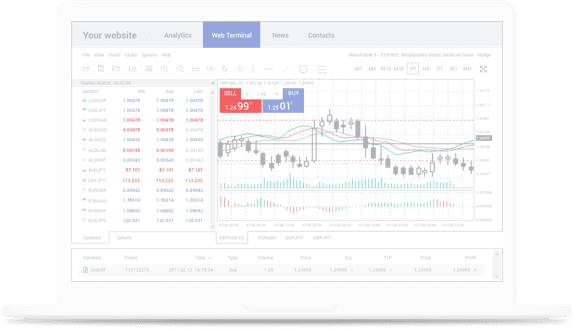
Leverage is one of the most compelling yet complex tools in cfd trading. At its core, leverage enables traders to control larger positions with a smaller amount of capital. While this offers the potential to amplify gains, it equally magnifies risks. For traders looking to capitalize on market movements, mastering leverage can be a game-changer—but it must be approached with caution.
What Is Leverage in CFD Trading?
Leverage lets traders borrow capital to increase their market exposure without having to invest the full transaction value upfront. For example, with 10x leverage, a trader only needs $1,000 to trade a position worth $10,000. This means even minor price movements can result in significant profits—or losses.
The accessible nature of leverage makes it particularly attractive in CFD trading, allowing entrants to trade in various markets, including stocks, forex, and commodities, without requiring large initial sums. Despite its appeal, the high stakes involved mean traders must understand both its benefits and drawbacks.
Benefits of Leverage in CFD Trading
1. Amplified Profits
The primary draw of leverage is its potential to magnify profits dramatically. For example, a 1% price increase on a $10,000 position could result in a $100 profit with no leverage. However, with 10x leverage, that same price movement would net $1,000—tenfold the return.
2. Efficient Use of Capital
Leverage allows traders to maximize returns without tying up significant amounts of capital, enabling them to diversify assets or preserve cash for other investments.
3. Accessibility
Leverage opens doors for retail traders, providing access to markets that might otherwise require substantial initial investment.
Risks of Leverage in CFD Trading
1. Amplified Losses
The same mechanism that boosts profits also increases losses. A 1% price decline on a leveraged position could wipe out a disproportionate amount of capital.
2. Margin Calls
If a trade moves against you, your broker may issue a margin call requiring you to add more funds to maintain the position. Failure to do so might result in forced liquidation, contributing to substantial losses.
3. Emotional Stress
Leverage amplifies the stakes, which can intensify stress and lead to impulsive decisions, especially for inexperienced traders.
Manage Leverage Wisely
Leverage in CFD trading is a double-edged sword. To wield it effectively:
• Start with low leverage ratios and increase gradually as experience grows.
• Use stop-loss orders to limit potential losses.
• Never risk more capital than you can afford to lose.
Success in CFD trading lies in balancing risk and reward. Leverage can be a powerful ally if used prudently but quickly turns into a formidable foe if mishandled